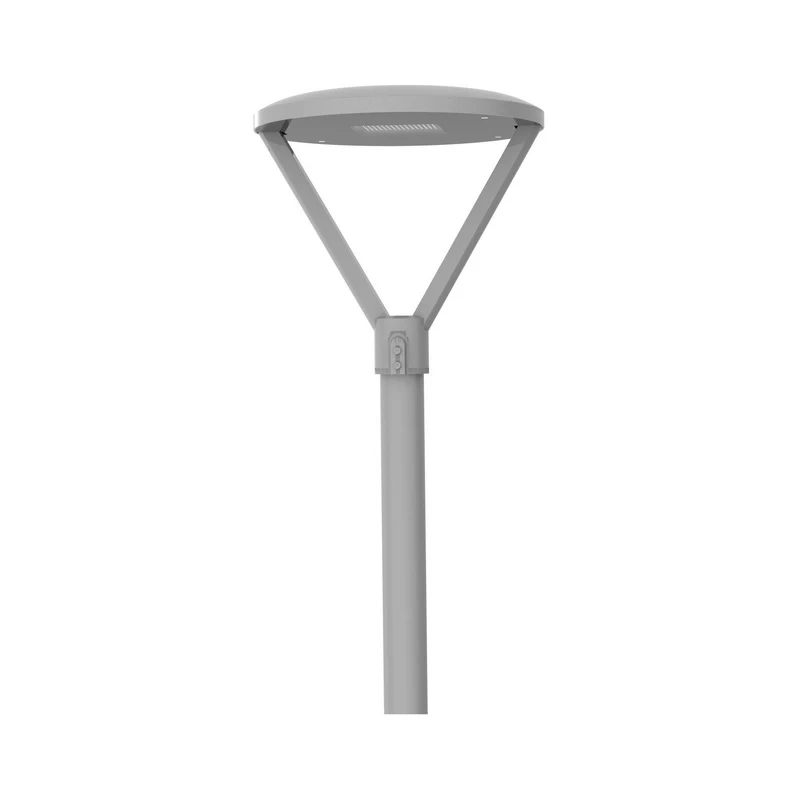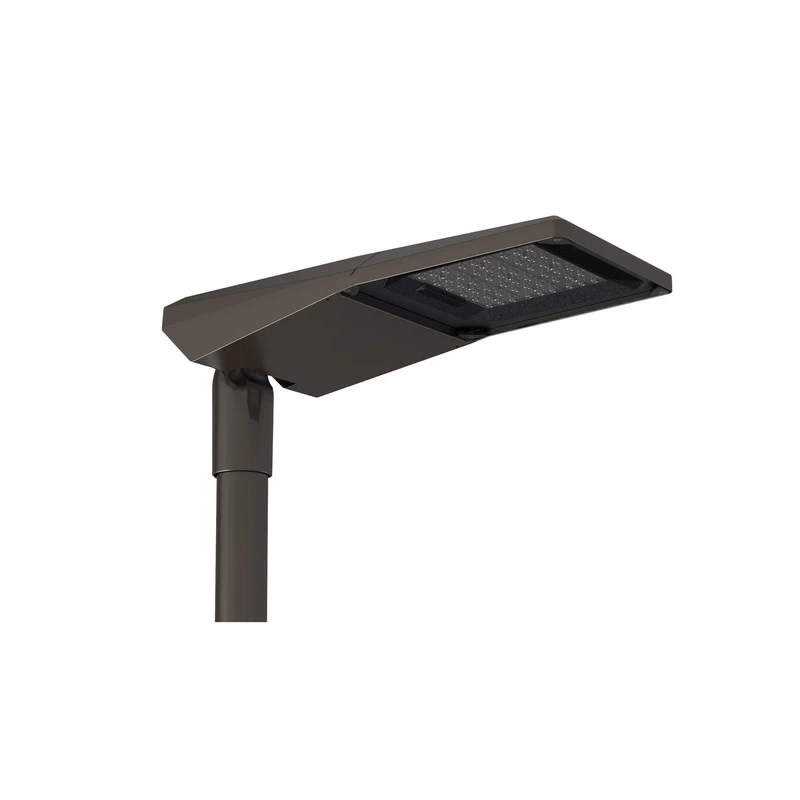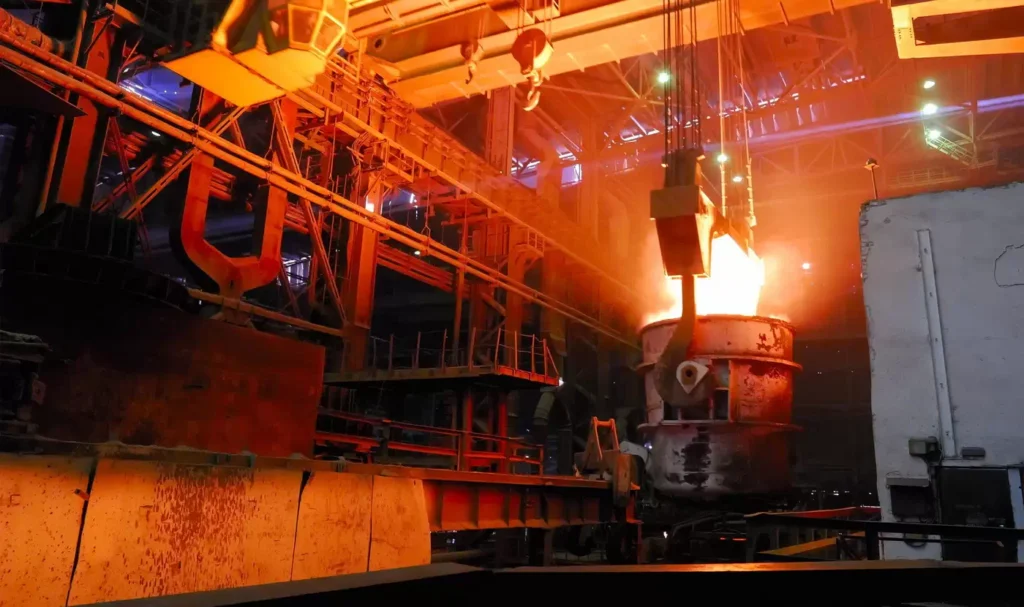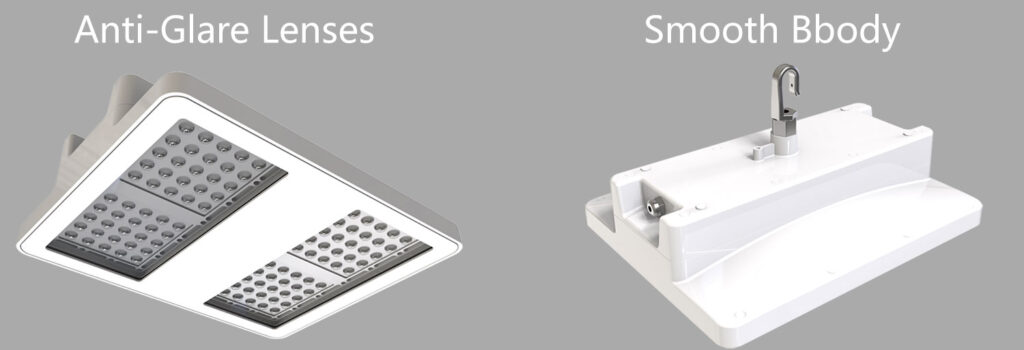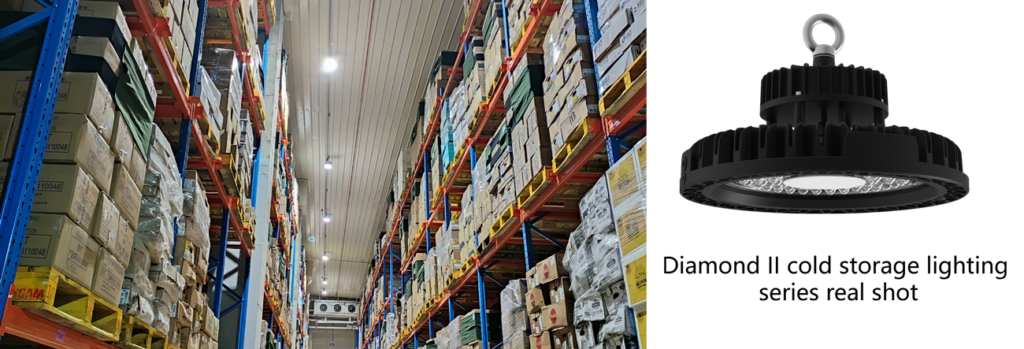Illuminazione delle porte a LED: un video sul caso dell'illuminazione delle porte a LED
1. La tecnologia LED guida la nuova tendenza dell'illuminazione portuale
In passato, l'illuminazione portuale tradizionale a LED utilizzava principalmente sorgenti luminose come le lampade al sodio ad alta pressione o le lampade ad alogenuri metallici. Queste sorgenti luminose non solo consumano molta energia, ma hanno anche una durata di vita breve e richiedono frequenti interventi di manutenzione e sostituzione. L'avvento della tecnologia LED ha cambiato questa situazione. Le lampade a LED presentano i vantaggi del basso consumo energetico, della lunga durata e della tutela dell'ambiente, che le rendono una scelta ideale per l'illuminazione dei porti.
Nel nostro caso video, potete vedere l'applicazione degli apparecchi LED di LEDRHYTHM nell'illuminazione portuale. Rispetto alle sorgenti luminose tradizionali, le lampade LED hanno un'efficienza luminosa più elevata e sono in grado di fornire effetti di illuminazione più luminosi e uniformi. Allo stesso tempo, la durata di vita delle lampade LED è di decine di migliaia di ore, il che riduce notevolmente i costi e i tempi di manutenzione.
2. Risolvere la sfida: la chiave sono le lampade LED di alta qualità
Sebbene la tecnologia LED presenti molti vantaggi, deve ancora affrontare alcune sfide nelle applicazioni pratiche. Ad esempio, i problemi di efficienza energetica e di dissipazione del calore delle lampade a LED devono essere risolti in modo efficace. Inoltre, anche la durata e la qualità della luce delle lampade LED sono fattori da considerare.
Per risolvere questo problema, LEDRHYTHM utilizza chip LED di alta qualità e una tecnologia di packaging avanzata per garantire l'ottimizzazione dell'efficienza energetica e delle prestazioni di dissipazione del calore delle lampade. Allo stesso tempo, utilizziamo un design speciale delle lenti per consentire alle lampade LED di fornire effetti luminosi più uniformi e privi di abbagliamento.
3. Vantaggi per i clienti: efficienza, rispetto per l'ambiente e sostenibilità.
Adottando le soluzioni professionali di illuminazione portuale a LED di LEDRHYTHM, i nostri clienti hanno ottenuto notevoli vantaggi. Innanzitutto, le lampade a LED hanno un basso consumo energetico e consentono ai clienti di risparmiare sui costi energetici. Poi c'è la lunga durata delle lampade a LED e i bassi costi di manutenzione, che fanno risparmiare ai clienti molte risorse di manodopera e materiali. Inoltre, l'illuminazione portuale a LED offre ai clienti un ambiente di lavoro più sicuro e confortevole, migliorando l'efficienza lavorativa e la soddisfazione dei dipendenti.
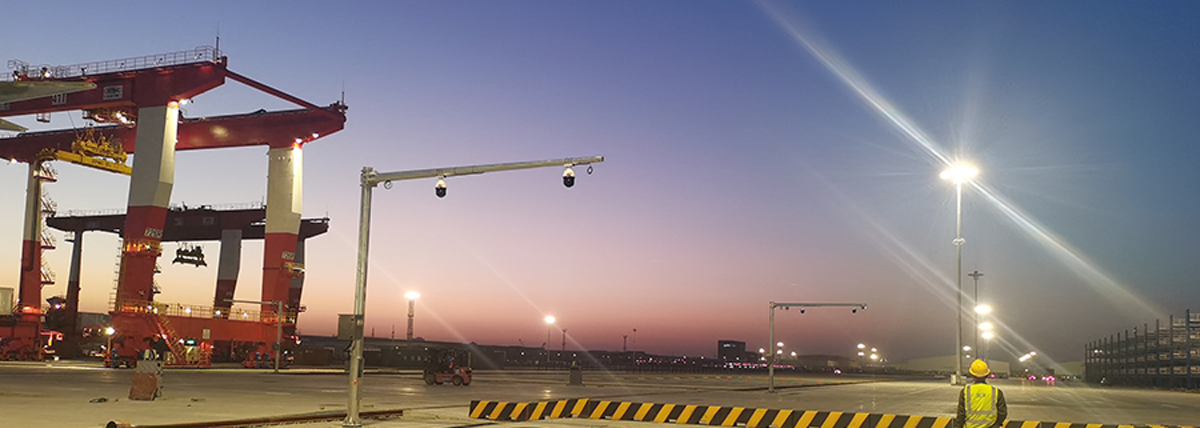
Pertanto, grazie alla stretta collaborazione con i clienti, forniamo soluzioni di illuminazione personalizzate per soddisfare le esigenze di illuminazione dei diversi ambienti portuali. Allo stesso tempo, forniamo una gamma completa di servizi di assistenza tecnica e post-vendita per garantire ai clienti servizi di illuminazione stabili e a lungo termine.



